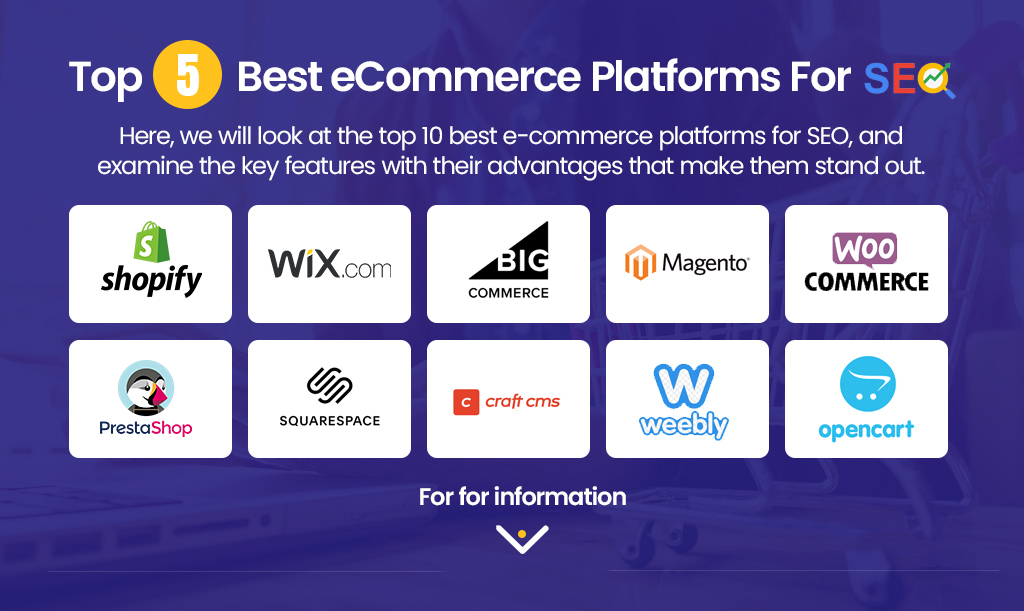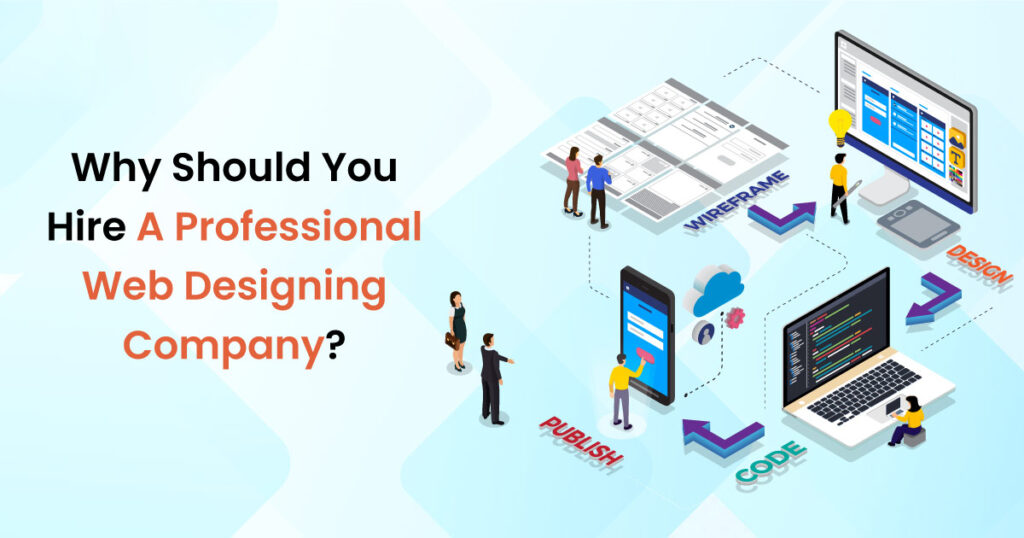As a business owner, I have always been intrigued by the power of technology to streamline processes and enhance productivity. One crucial aspect of leveraging technology for business growth is designing efficient and effective business software. In this article, I will explore the significance of business software design and how it can maximize efficiency and productivity within an organization.
Table of Contents
The Impact of Efficient Software Design on Productivity
Business software design plays a pivotal role in improving productivity. Well-designed software can automate repetitive tasks, eliminate manual errors, and provide real-time insights that enable better decision-making. By designing software that aligns with the specific needs and workflows of an organization, businesses can optimize their operations and achieve higher levels of productivity.
Efficient software design also improves collaboration and communication within teams. When software is intuitive and user-friendly, employees can quickly learn and adapt to the system, reducing the learning curve and accelerating their performance. By minimizing the time spent on navigating complex software interfaces, employees can focus on their core tasks, leading to increased efficiency and productivity.
Common Challenges in Business Software Design
Designing business software is not without its challenges. One common challenge is the lack of a clear understanding of user requirements. Without proper user research and analysis, software designers may end up creating products that do not meet the needs and expectations of the end-users. To overcome this challenge, it is essential to involve stakeholders and end-users throughout the design process, ensuring that their feedback and insights are incorporated into the final product.
Another challenge is striking the right balance between functionality and simplicity. While it is important to design software that offers a wide range of features, overwhelming users with a complex interface can hinder usability and hinder productivity. Business software should be designed with a user-centric approach, focusing on providing the necessary functionalities in a simple and intuitive manner.
Key Principles of Effective Business Software Design
To ensure effective business software design, several key principles should be considered. First and foremost is the principle of simplicity. Software should be designed with a minimalist approach, focusing on the essential functionalities and avoiding unnecessary complexity. By keeping the interface clean and intuitive, users can quickly navigate through the software and accomplish their tasks efficiently.
Another important principle is consistency. Consistency in design elements, such as color schemes, typography, and layout, helps create a cohesive and familiar user experience. When users encounter consistent design elements across different screens and functionalities, they can easily understand and interact with the software without having to relearn or adapt to new design patterns.
Additionally, scalability and adaptability are crucial principles in business software design. As businesses grow and evolve, their software needs to accommodate new features and functionalities. Designing software that can scale and adapt to changing requirements ensures that businesses can continue to leverage their software investment in the long run, without the need for costly redesign or redevelopment.
User-Centered Design Approach in Business Software Development
A user-centered design approach is central to the success of business software development. This approach involves understanding the needs, goals, and behaviors of the end-users and designing software that meets those requirements. By involving users in the design process through techniques such as user interviews, surveys, and usability testing, designers can gain valuable insights and create software that truly addresses the pain points and challenges faced by the users.
By adopting a user-centered design approach, businesses can achieve higher user satisfaction, reduce training costs, and increase productivity. When users feel that the software is designed with their needs in mind, they are more likely to embrace the technology and use it to its fullest potential.
Another important principle is consistency. Consistency in design elements, such as color schemes, typography, and layout, helps create a cohesive and familiar user experience. When users encounter consistent design elements across different screens and functionalities, they can easily understand and interact with the software without having to relearn or adapt to new design patterns.
Additionally, scalability and adaptability are crucial principles in business software design. As businesses grow and evolve, their software needs to accommodate new features and functionalities. Designing software that can scale and adapt to changing requirements ensures that businesses can continue to leverage their software investment in the long run, without the need for costly redesign or redevelopment.
The Role of Usability Testing in Business Software Design
Usability testing is a critical step in the business software design process. It involves testing the software with real users to identify any usability issues and gather feedback for improvement. Usability testing helps uncover design flaws, confusing features, and areas where users may struggle. By observing users interact with the software and collecting their feedback, designers can make informed decisions to enhance the user experience.
Usability testing can be conducted through various methods, such as moderated or unmoderated testing, remote testing, or in-person sessions. The choice of method depends on the project requirements and the target user group. Regardless of the chosen method, the insights gained from usability testing are invaluable in refining the software design and ensuring that it meets the needs and expectations of the end-users.
By adopting a user-centered design approach, businesses can achieve higher user satisfaction, reduce training costs, and increase productivity. When users feel that the software is designed with their needs in mind, they are more likely to embrace the technology and use it to its fullest potential.
Another important principle is consistency. Consistency in design elements, such as color schemes, typography, and layout, helps create a cohesive and familiar user experience. When users encounter consistent design elements across different screens and functionalities, they can easily understand and interact with the software without having to relearn or adapt to new design patterns.
Additionally, scalability and adaptability are crucial principles in business software design. As businesses grow and evolve, their software needs to accommodate new features and functionalities. Designing software that can scale and adapt to changing requirements ensures that businesses can continue to leverage their software investment in the long run, without the need for costly redesign or redevelopment.
Best Practices for Designing Intuitive and User-Friendly Business Software
Designing intuitive and user-friendly business software requires adherence to certain best practices. One of the key practices is creating clear and concise user interfaces. Well-designed interfaces should communicate the purpose and functionality of each element effectively, minimizing confusion and enabling users to accomplish their tasks quickly.
Another best practice is providing context-sensitive help and documentation. Users should have access to relevant help materials within the software itself, allowing them to easily find answers to their questions and overcome any obstacles they encounter. Clear and concise documentation can significantly reduce the time spent on support requests and enable users to become self-sufficient in using the software.
Additionally, incorporating feedback mechanisms within the software is crucial. Users should have a way to provide feedback, report issues, and suggest improvements directly from within the software. This not only encourages user engagement but also helps businesses identify areas for enhancement and prioritize future updates based on user feedback.
Usability testing can be conducted through various methods, such as moderated or unmoderated testing, remote testing, or in-person sessions. The choice of method depends on the project requirements and the target user group. Regardless of the chosen method, the insights gained from usability testing are invaluable in refining the software design and ensuring that it meets the needs and expectations of the end-users.
By adopting a user-centered design approach, businesses can achieve higher user satisfaction, reduce training costs, and increase productivity. When users feel that the software is designed with their needs in mind, they are more likely to embrace the technology and use it to its fullest potential.
Another important principle is consistency. Consistency in design elements, such as color schemes, typography, and layout, helps create a cohesive and familiar user experience. When users encounter consistent design elements across different screens and functionalities, they can easily understand and interact with the software without having to relearn or adapt to new design patterns.
Additionally, scalability and adaptability are crucial principles in business software design. As businesses grow and evolve, their software needs to accommodate new features and functionalities. Designing software that can scale and adapt to changing requirements ensures that businesses can continue to leverage their software investment in the long run, without the need for costly redesign or redevelopment.
The Importance of Scalability and Adaptability in Business Software Design
Scalability and adaptability are essential factors to consider when designing business software. As businesses grow and evolve, their software needs to accommodate increased data volumes, additional users, and new functionalities. Designing scalable software ensures that businesses can seamlessly scale their operations without outgrowing their software capabilities.
Similarly, adaptability is crucial in an ever-changing business landscape. Business software should be designed to embrace technological advancements and adapt to new workflows and processes. By designing software that is flexible and easily customizable, businesses can future-proof their technology investments and remain agile in the face of industry changes.
Conclusion
In conclusion, business software design plays a pivotal role in maximizing efficiency and productivity within organizations. By adopting key principles of effective design, such as simplicity, consistency, and scalability, businesses can create software that meets the needs of their users and enables them to work more efficiently. Usability testing and user-centered design approaches further enhance the software’s usability and user satisfaction.
As business software design continues to evolve, it is crucial for businesses to prioritize intuitive and user-friendly experiences. By integrating business software with existing systems and workflows, businesses can streamline operations and improve data management. The future of business software design holds immense potential, and businesses that invest in well-designed software will gain a competitive edge in the digital era.
Contact Us to learn more about how our team can help you design efficient and user-friendly business software that maximizes productivity and drives growth.
Similarly, adaptability is crucial in an ever-changing business landscape. Business software should be designed to embrace technological advancements and adapt to new workflows and processes. By designing software that is flexible and easily customizable, businesses can future-proof their technology investments and remain agile in the face of industry changes.




